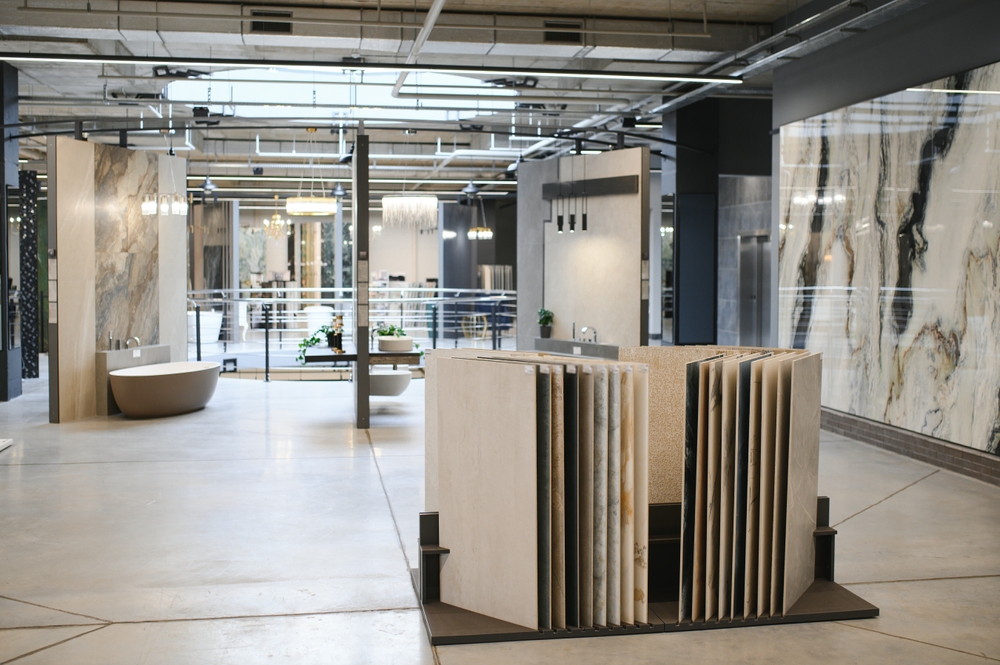The Remarkable Influence of Blue Spaces on Mental Health and Well-being
Are you aware how much your surroundings affect your overall well-being, particularly your mental health? In recent years, a growing body of research has suggested that being near bodies of water—referred to as "blue spaces"—can provide multiple health benefits. This phenomenon, while not as commonly known as the beneficial impact of green spaces, is gaining attention for its potential to positively influence mental health.

The Concept of Blue Spaces
The term “blue spaces” refers to visible bodies of water, such as oceans, lakes, rivers, or even fountains. The idea originated from the broader field of environmental health research, which has demonstrated a link between natural environments and better health outcomes. Historically, the focus has been on green spaces like parks and forests, but recent studies have started to explore the unique benefits of blue spaces.
Blue Spaces and Mental Health: The Link
A groundbreaking research study conducted in Wellington, New Zealand found that residents with views of blue spaces reported lower levels of psychological distress. Similarly, a 2016 study published in the journal Environmental Research found that living in areas with a high amount of visible blue space is associated with lower psychological distress, even when controlling for income and neighborhood status.
The exact mechanisms behind the effect of blue spaces on mental health are not fully understood. However, researchers theorize it may be linked to the stress-reducing effects of natural environments. The sounds, sights, and smells of water can trigger a relaxation response in the brain. Additionally, blue spaces often facilitate physical activity and social interaction, which are both beneficial for mental health.
Blue Spaces as a Tool for Health Promotion
Given the promising findings, blue spaces could be an underutilized tool for promoting public health. Urban planners and policymakers are starting to recognize this potential. For example, some cities are investing in waterfront development projects to increase access to blue spaces. Furthermore, hospitals and health centers are utilizing aquariums and virtual reality technology to create therapeutic blue spaces for patients.
Blue Spaces for Better Health: Practical Tips
-
Locate your nearest body of water, be it a river, lake, or beach, and make a point to visit regularly.
-
If you live or work in a city, find a fountain or water feature where you can spend your break times.
-
Engage in activities that bring you closer to water. Consider canoeing, swimming, or simply walking by the water.
-
If you don’t have access to real blue spaces, try using technology. Listen to water sounds or use a screensaver featuring a beautiful water scene.
To wrap up, the concept of blue spaces and their potential to enhance mental health is an exciting and largely unexplored area of public health research. While the benefits of green spaces are widely recognized, it’s now becoming clear that blue spaces may offer their own unique health benefits. In an increasingly urbanized world, fostering connections with the natural environment—whether it be a park, a garden, or a beach—may be more important than ever for our mental well-being.




